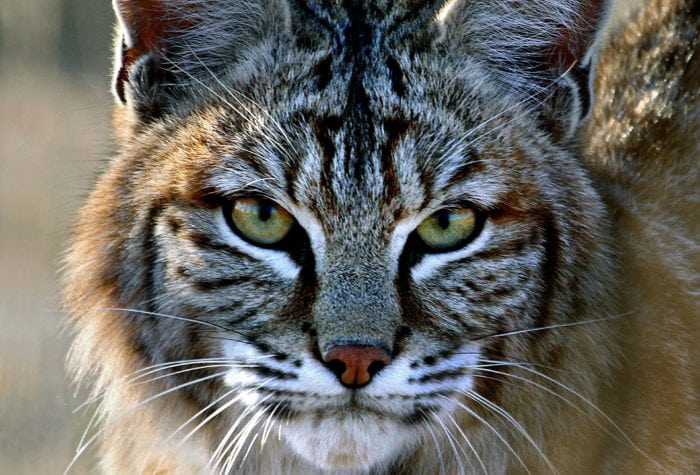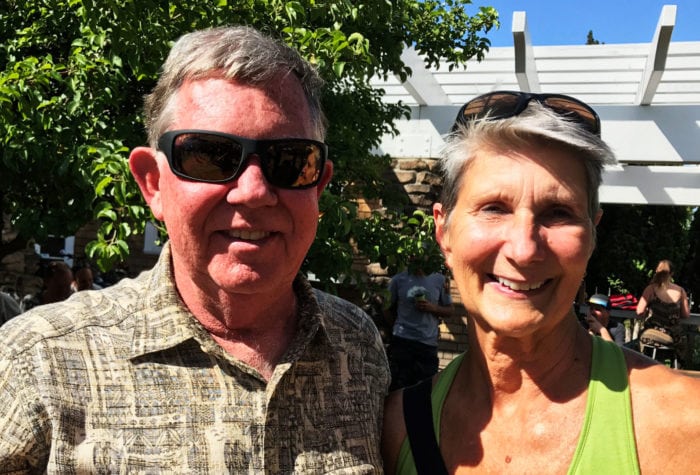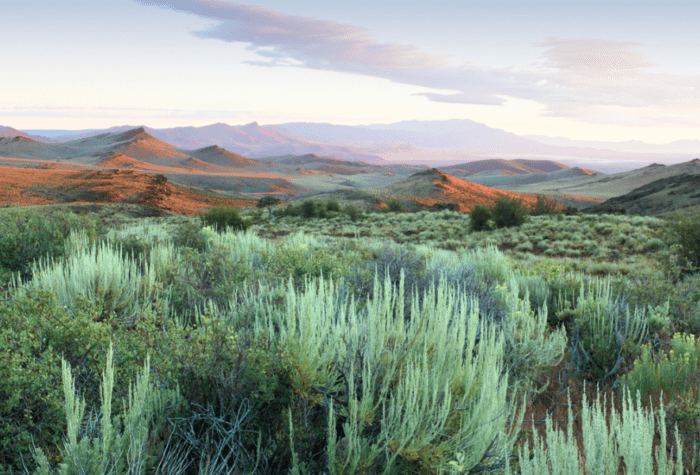Tribal Stewards reflect on the 2021 season
In early July, we introduced you to the 2021 Tribal Stewards crew. Now that they have wrapped up their five-week session of restoration and conservation projects on Oregon’s desert lands and adjacent watersheds, we wanted to share their accomplishments and highlights from the season.
After starting their session with trail and upland sagebrush habitat projects, the crew worked on riparian restoration and fisheries monitoring projects along tributaries of the John Day River and the Malheur River, two of ONDA’s priority river basins.


